Xiaomi launched in India with its high-end Mi series phones, but much of the company's success in the market has been built on the back of its exceedingly popular Redmi series. In fact, the last major Mi-branded product in India was the Mi Mix 2, a device that got a fair amount of hype but didn't do much for Xiaomi.
Last year, Xiaomi decided to spin off Redmi into a separate brand in a bid to shake off its affordable device connotations. Now, with the launch of the Mi 10, the company is making moves to carve out a niche in India's fast-growing premium smartphone category.
Also read: Xiaomi Mi 10 review: Premium hardware let down by unpolished software
Similarly, in Europe the Mi 10 and Mi 10 Pro combo are a one-two punch at OnePlus as Xiaomi attempts to climb up the value chain.
The stakes are high, and with the relative lack of brand cachet as a premium segment player in India, Xiaomi's work is cut out for it. But the proof is in the pudding. Does the Mi 10 have what it takes to compete against the stellar competition?
Let's find out in the Android Authority Xiaomi Mi 10 review.
Design: Understated elegance


- 3D Corning Gorilla Glass 5
- 162.58 x 74.8 x 8.96mm, 208g
- USB-C
- Alpine White, Solstice Grey
The Mi 10's design is a testament to restraint: it embodies all the modern flagship trends without going over the top. The back panel is a single pane of polished glass that gently curves around the edges to achieve a snug fit in the hand.


The camera module sits near the left side of the frame. While the three primary lenses are lined up on a single island, the ultra-wide camera inexplicably sits below the rest. While it doesn't take away from the design, it does come across as an odd choice in such a well-thought-out device.
The Mi 10's design is a testament to restraint. It manages to look understated yet elegant.
While there's a market for devices that scream power, there's something to be said about the sheer elegance of understated design. The dull grey hue of our Mi 10 variant makes the phone look premium without being shouty.


Elsewhere, the metal frame between the front and back glass is painted to match the hardware and creates a seamless look. I particularly liked the feedback from the volume rocker and the power button. The buttons are well-positioned and easy to reach despite the size of the device.
I found the in-display fingerprint scanner to be reasonably fast and accurate. While the scanner rarely failed to unlock the phone, the animation and haptics took their own sweet time to do their thing. Xiaomi would do well with tweaking the duration of the haptics here.
The Mi 10 stands out thanks to its attention to detail and exceptional fit and finish.
Overall, while most premium phones these days deliver a high standard of fit and finish, the Mi 10 comes across as something special. The hardware stands right up there with the best flagships as far as build quality is concerned.
Display: As bright as it gets


- 6.67-in AMOLED Dot Display
- 19.5:9, 92.4% screen/body ratio
- HDR10+ / TUV Rheinland cert
- 90Hz
- Full HD+
- 800nits
- 5,ooo,ooo:1 contrast
- Under-display fingerprint reader
The display on the Mi 10 isn't quite as large as the one on the OnePlus 8 Pro, but honestly, that's for the better. It's a perfectly manageable size that still leaves enough real-estate for immersive media consumption. The camera punch hole on the top-left isn't too distracting, though I have to say I definitely miss the unhindered display achieved with a pop-up selfie camera.
Compared to the OnePlus 8 Pro, there are other misses as well. For one, this is a Full HD panel compared to the Quad HD display on the OnePlus. Additionally, the refresh rate tops off at 90Hz instead of 120Hz.
The lack of a Quad HD panel and 120Hz display isn't a dealbreaker.
Does it make a difference? None that I can notice. The Mi 10 has a beautiful display that looks absolutely fluid as you browse, look at social media, or perform your daily tasks. Add to that HDR10+ support and you have an excellent media consumption device.
I also loved how bright the display gets and faced no difficulty in viewing the screen in the harsh sunlight of 44-degree Delhi.
Performance: All the power you need
- Qualcomm Snapdragon 865
- Adreno 650 GPU
- 8GB LPDDR5 RAM
- 128GB/256GB UFS 3.0 storage
- LiquidCool 2.0 vapor chamber
You know the drill, it can't be a high-end phone if it doesn't have a top-of-the-line chipset. As expected, the Qualcomm Snapdragon 865 powers the show here. Paired with 8GB of LPDDR5 RAM and up to 256GB of storage, the specs are right up there with the best you can get.
- 3D Mark
- Geekbench 5
Let's talk about real-world performance. Xiaomi has done a stellar job optimizing MIUI 11. The user experience is incredibly fluid and there was never a moment that the phone felt like it was trying to catch up with the task at hand.
Powered by the 865, the phone naturally tops benchmarks and gaming is an enjoyable, stutter-free experience.
A better battery
A USB-C slot sits at the bottom and supports 30W fast charging with the included brick. Like the OnePlus 8 Pro, the Mi 10 also supports 30W wireless charging, though you'll have to invest in Xiaomi's proprietary charging dock to achieve those speeds. I really enjoyed the ability to drop the Mi 10 on Xiaomi's wireless charger and rapidly top it off without having to bother with cables. Additionally, unlike global markets, Xiaomi has unlocked 10W reverse wireless charging on the Mi 10 in India, which is a nifty feature to more quickly charge up wireless earbuds or another phone in a pinch.


Meanwhile, the 4,780mAh battery lasts a full day and then some. Xiaomi has always been good at eking the maximum longevity from its batteries, and the Mi 10 is no exception. I reliably got a full day of use with six hours of screen time on average.
Software: Hit and miss


MIUI may be optimized for the hardware, but that doesn't negate some really questionable decisions.
To start with, no matter how you spin it, bloatware and pre-installed third-party apps do not fly on a phone that is priced at Rs. 49,999 (~$650) in India. From Mi Pay to Mi Credit, Helo, and more, there are close to fifteen redundant apps pre-installed on the device and I can't say that they add anything meaningful to the experience.
We're understanding, if not accepting, of the fact that the sheer diversity of low-cost hardware available would not be possible if Xiaomi, and now Realme, did not treat your screen as a billboard. Still, Xiaomi claims that the Mi 10 is a tier-one product for the company and doesn't include any ads. While that might be technically true, it is not the entire truth. The phone doesn't bombard you with interstitial ads or full-screen takeovers, but the constant notification spam from the likes of GetApps and the security app is no less infuriating. This is far from the tier-one experience users expect on a premium smartphone.
There's no justification for pre-loaded, third-party bloatware and spammy notification pop-ups on a premium phone.
All that aside, the user experience is reasonably good. There are loads of customization options to tweak the user experience exactly how you want. From lock-screen gestures to the always-on-display, there's the standard array of MIUI features tossed in. Unfortunately, Xiaomi still doesn't include an app drawer in the launcher.
Finally, with MIUI 12, Xiaomi is taking steps forward towards transparency and surfacing controls for permissions management. The Mi 10 should receive MIUI 12 sometime in the future.
Camera: All the megapixels


- Rear:
- Main: 108MP, f/1.69, 1/1.33-in sensor
- Ultra-Wide: 13MP
- Macro camera: 2MP
- Depth sensor: 2MP
- Front:
- Selfie: 20MP f/2.3, 1/3.4-in sensor
- Video:
- 8K@30fps, 4K@60fps, 1080p@60fps, 720p@240fps
The Mi 10 Pro and Mi 10 are very similar beasts, with the key differentiators found in the cameras. The Mi 10 retains the Pro's primary shooter but drops the telephoto lenses, drops the resolution on the ultra-wide sensor, and includes 2MP macro and 2MP depth-sensing cameras.


By default, the camera shoots pixel-binned 25.2MP shots that look rather good. Colors are vibrant and the exposure metering is usually accurate. The camera is capable of producing a beautiful and natural-looking bokeh fall-off. Interestingly, there isn't much of a visual delta in the images shot in pixel-binned and full-fledged 108MP mode, as long as the light is great.


Images captured have excellent sharpness and a high level of detail even on pixel-peeping. I didn't observe much noise in the shadow regions.


HDR shots, however, are a bit of a mixed bag. The camera tries too hard to brighten up the shadow areas and it is easy to notice heavy sharpening and noise reduction algorithms at play. It's serviceable, but not a key strength of the camera.


The poor HDR processing also manifests itself as a color shift in the image. The purple fringing between the slats of the staircase, as well as the reflections on the wall to the left are symptomatic of the camera trying too hard — and failing — to accurately capture the scene.

 Xiaomi Mi 10 Standard Xiaomi Mi 10 Night Mode
Xiaomi Mi 10 Standard Xiaomi Mi 10 Night Mode 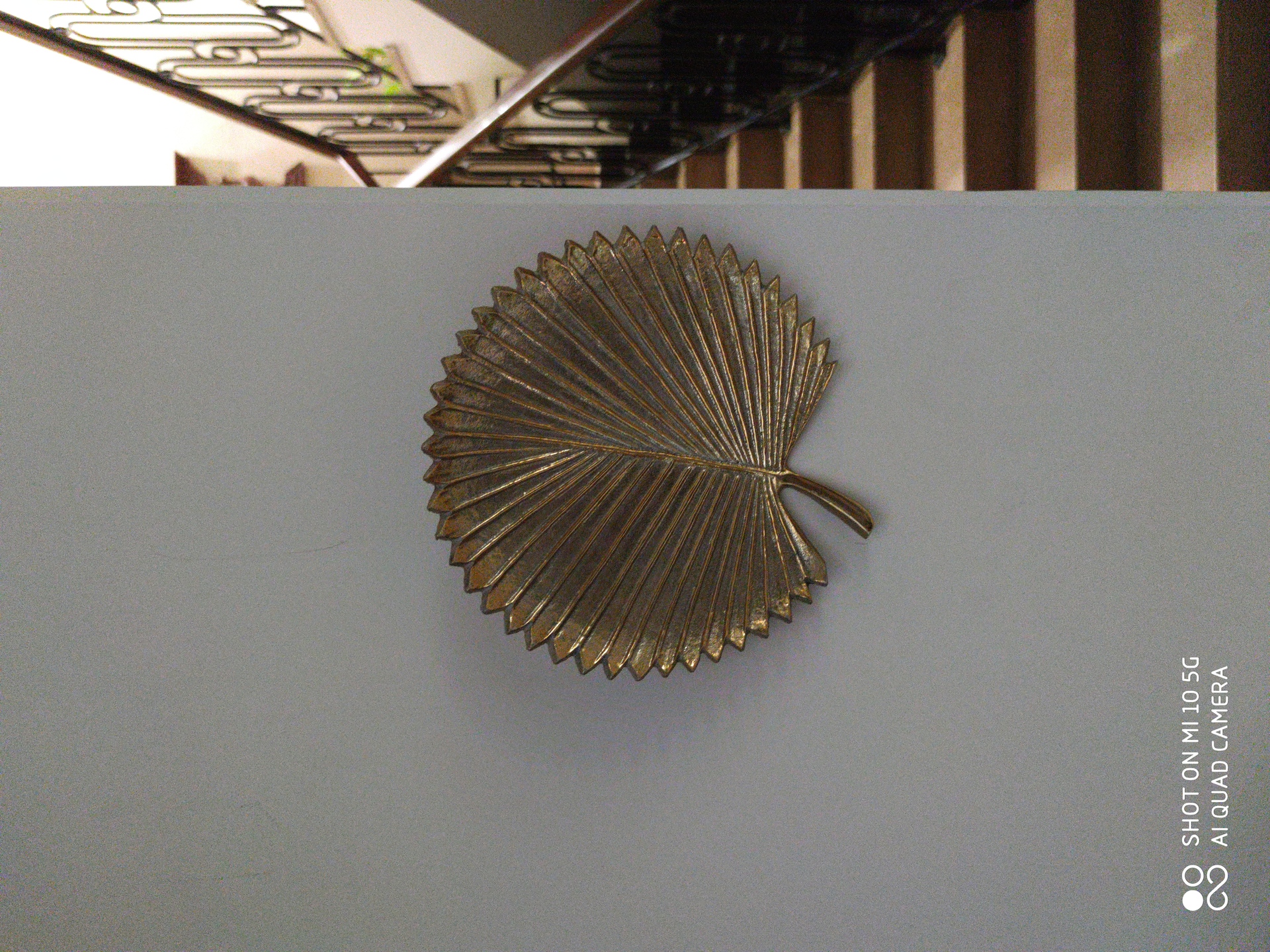

Night mode on the Mi 10 works as advertised. It is not quite as good as what we're used to on Pixel and Huawei hardware, but the phone manages to clean up nicely. The final shot opts for a more realistic exposure over turning night to day, a choice that many users might prefer.
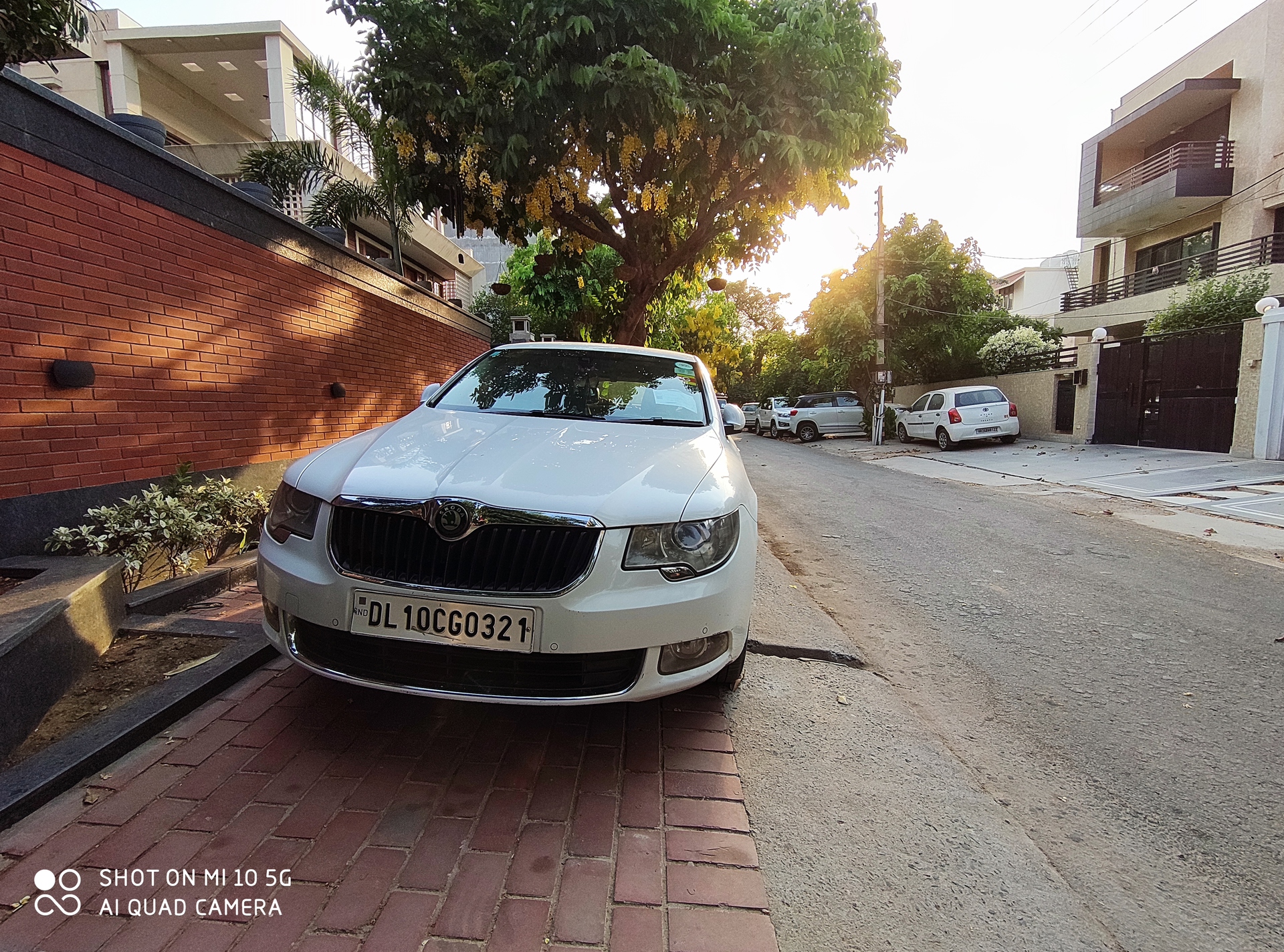
 Xiaomi Mi 10 Wide Xiaomi Mi 10 Ultra-Wide
Xiaomi Mi 10 Wide Xiaomi Mi 10 Ultra-Wide 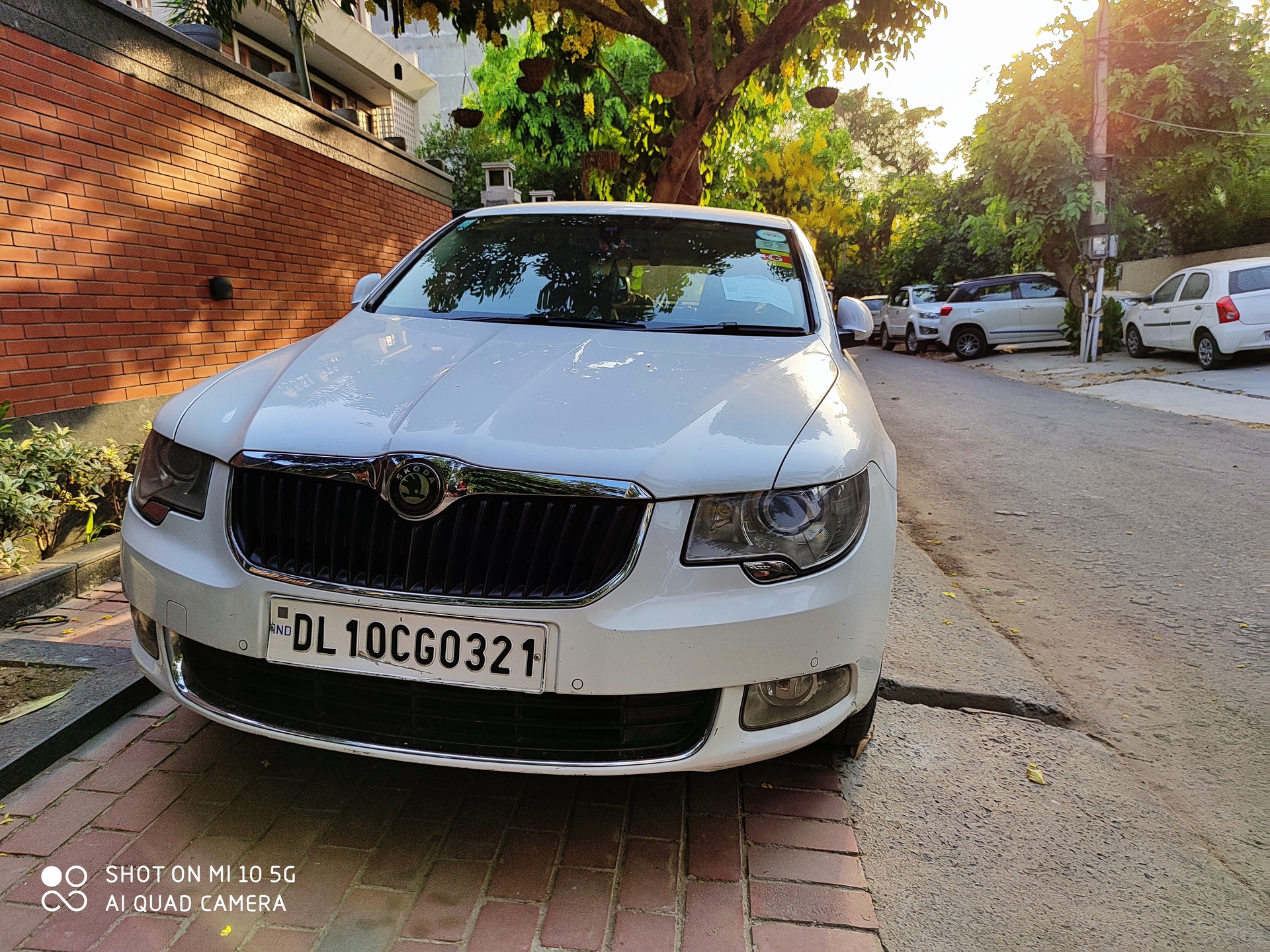

Finally, the ultra-wide camera does a pretty good job. Unlike some competing phones, the ultra-wide camera manages to meter accurately for white balance without much of a color shift between lenses. There's a good amount of detail here without significant over-sharpening and the software is rather good at distortion correction.
The selfie camera is capable of capturing detailed, well-lit shots but applies a lot of smoothing by default. I'd recommend switching off the extraneous settings. Finally, the macro camera was borderline useless. I found it nearly impossible to get a good looking shot. I wouldn't base my purchasing decision on it. You can take a look at full resolution image samples from the Mi 10 here.
Talking about video capabilities, the Mi 10 is a stellar performer. While nobody should care much about 8K video capture at the moment, there's something to be said about offering stabilization even at that resolution — a feat that Samsung didn't manage on the Galaxy S20 Ultra. In fact, stabilization is excellent across the board and the Mi 10 makes for a fine video-capture device. It also helps that Xiaomi has bundled in a large number of features to appeal to video creators. This includes an integrated VLOG mode that can make adding effects a cinch.
Specifications
| Xiaomi Mi 10 Pro | |
|---|---|
| Display | 6.67-in AMOLED DotDisplay with TrueColor 19.5:9 aspect ratio, 92.4% body/screen ratio 90Hz Full HD+ 800nits Under-display fingerprint reader |
| Processor | Qualcomm Snapdragon 865 Adreno 650 GPU LiquidCool 2.0 vapor chamber |
| Memory | 8GB LPDDR5 RAM |
| Storage | 256 UFS 3.0 storage |
| Battery | 4,780mAh 30W wired charging 30W wireless charging 30W charger in box |
| Camera | Rear: Main: 108MP, f/1.69, 1/1.33-in sensor, 82-degree FoV Ultra-Wide: 13MP, f/2.2, 117-degree FoV Macro: 2MP, f/2.4 Depth: 2MP, f/2.4 Front: Selfie: 20MP f/2.3, in-display, 1/3.4-in sensor Video: 8K @30fps, 4K @60fps, 1080p @60fps, 720p @120fps |
| Dimensions | 162.58 x 74.8 x 8.96mm |
| Weight | 208g |
| Colors | Alpine White, Solstice Grey |
Value for money
- Xiaomi Mi 10: 8GB RAM, 128GB storage — Rs. 49,999 / €799
- Xiaomi Mi 10: 8GB RAM, 256GB storage — Rs. 54,999 / €899.
There's been a fair amount of skepticism over the pricing of the Mi 10 in India. There's an entire discussion around whether or not Xiaomi has the brand cachet to make a dent in the market. However, the fact that the company is importing the product into the country also has bearing on the final cost.
Overall, the quality of hardware more or less lives up to the price it commands. In fact, I'd say the Mi 10 would be one of the best products to buy at the Rs. 50,000 mark in India if Xiaomi sorted out annoyances like app-preloads and pop-ups in MIUI.
The Mi 10 is straddling the line between the OnePlus 8 and OnePlus 8 Pro. If sheer performance is all you want, the OnePlus 8 is likely a better deal at Rs. 41,999 / €599. With the Mi 10, you are paying a premium for a very good primary shooter, a bigger battery, and the convenience of fast wireless charging. Are the extra features worth the Rs. 8000 / €200 premium? That's highly subjective, but I can't say the phone is particularly overpriced.
The Mi 10 places a premium on hardware quality and doesn't come across as overpriced compared to the OnePlus 8.
Elsewhere, the Realme X50 Pro offers a quality spec-package, including the powerful Snapdragon 865 chipset, for Rs. 47,999 / €599. The Mi 10 wins with the fit and finish of the package, but there's something to be said about Realme's versatile camera that includes a dedicated telephoto lens.
Xiaomi Mi 10 review: Verdict – There's a lot to like here


The Mi 10 holds an interesting position in Xiaomi's line up. While all previous Mi series phones have struck a balance between affordability and performance, the Mi 10, like the Mi 10 Pro is gunning for a more premium experience. The end result is hardware that feels sublime in the hand, delivers excellent battery life, and packs a truly game-changing fast wireless charging feature. Moreover, the camera system holds up for the most part, though I'd have preferred a telephoto camera over the borderline useless macro lens.
MIUI, with all its idiosyncrasies, prevents the hardware from reaching its true potential.
Unfortunately, MIUI, with all its idiosyncrasies, prevents the hardware from reaching its true potential. Don't get me wrong, the company has come a long way with the skin, but compared to alternatives like Oxygen OS, One UI and, of course, stock Android, the experience feels too heavy and bloated. While it might not be the case for global variants, our Indian unit kept popping up annoying notifications for system apps. This is just not the experience that you expect from a high-end smartphone.
Overall, the Mi 10 is a very good start for Xiaomi in India's premium landscape, but it has its work cut out for it. The hardware delivers the goods, but it is software that holds the phone back. Xiaomi will need to push itself further to deliver a software experience that can match up to user expectations as well as the quality of the product.
More posts about xiaomi-mi-10
from Android Authority https://ift.tt/2M959nZ
via IFTTT
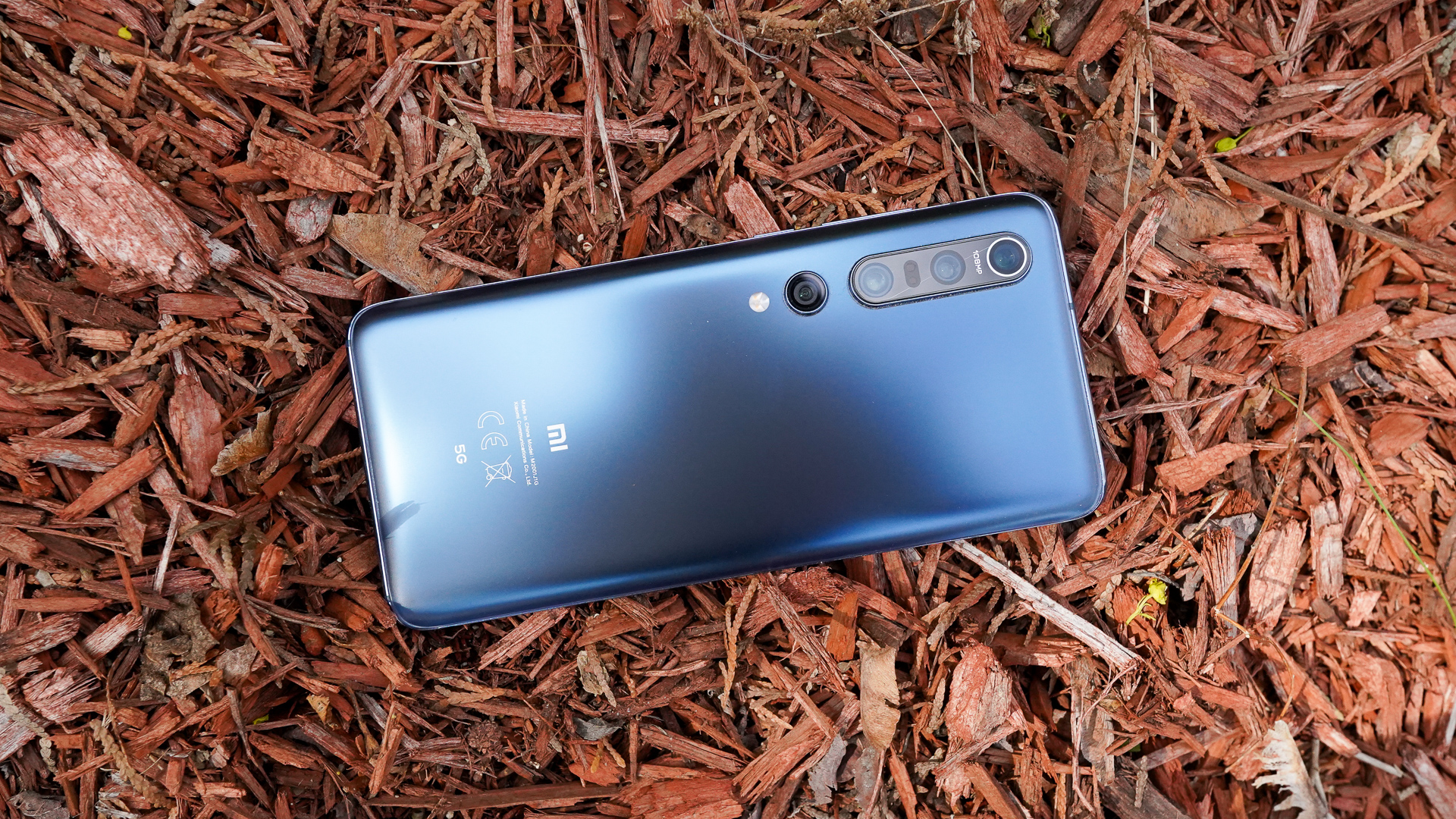




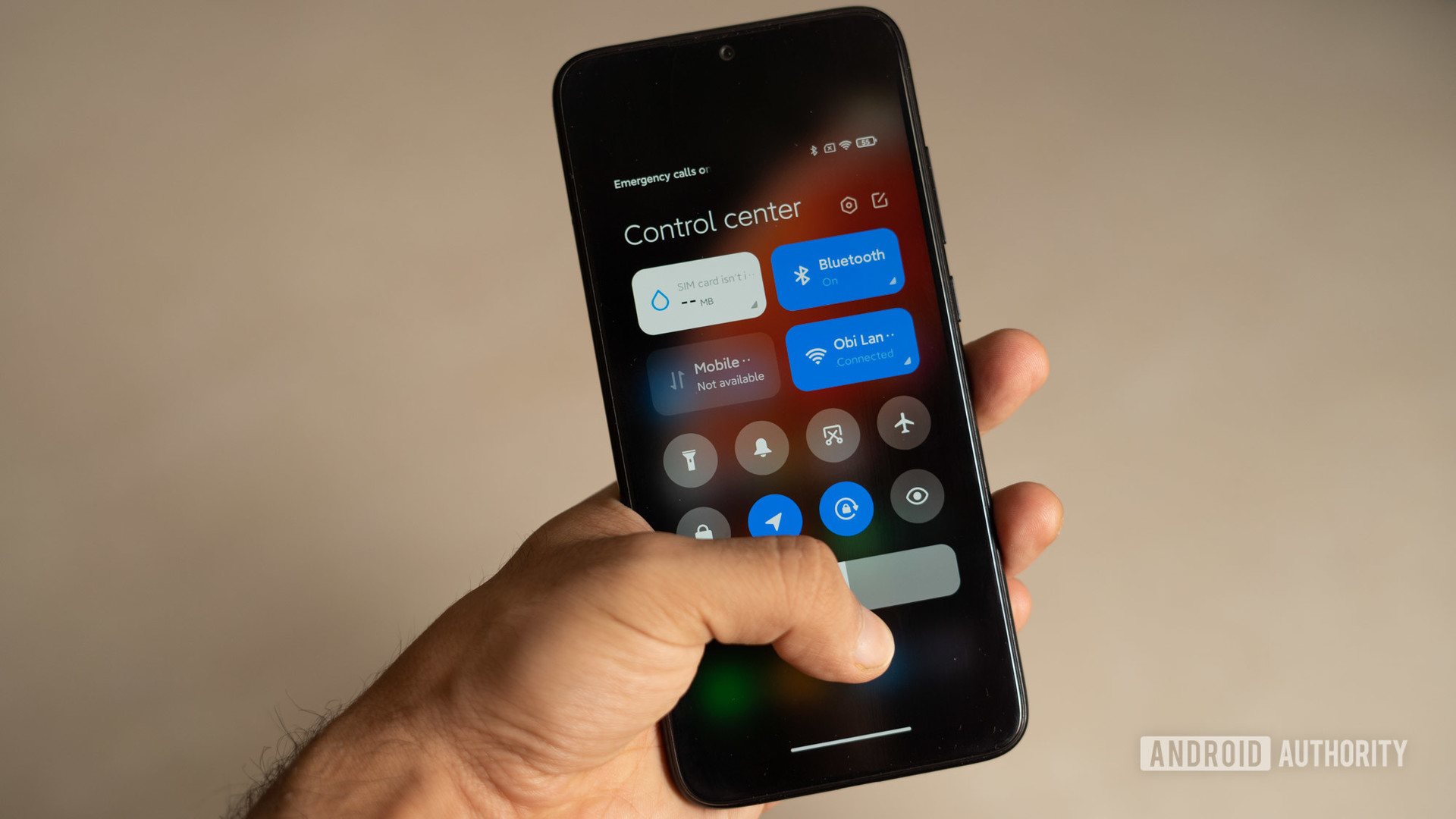








No comments:
Post a Comment